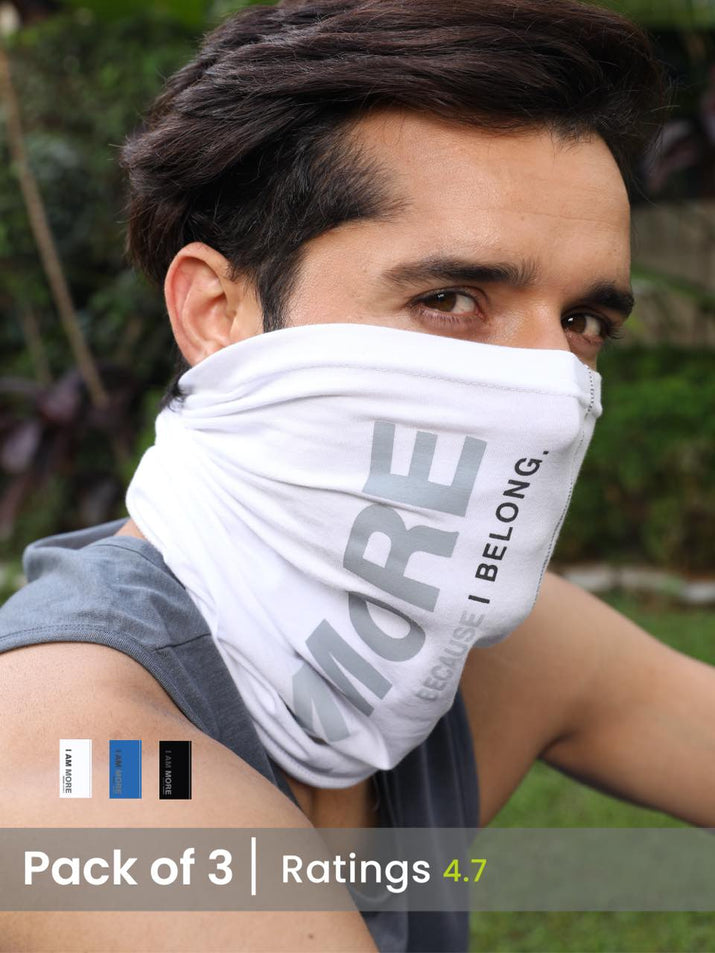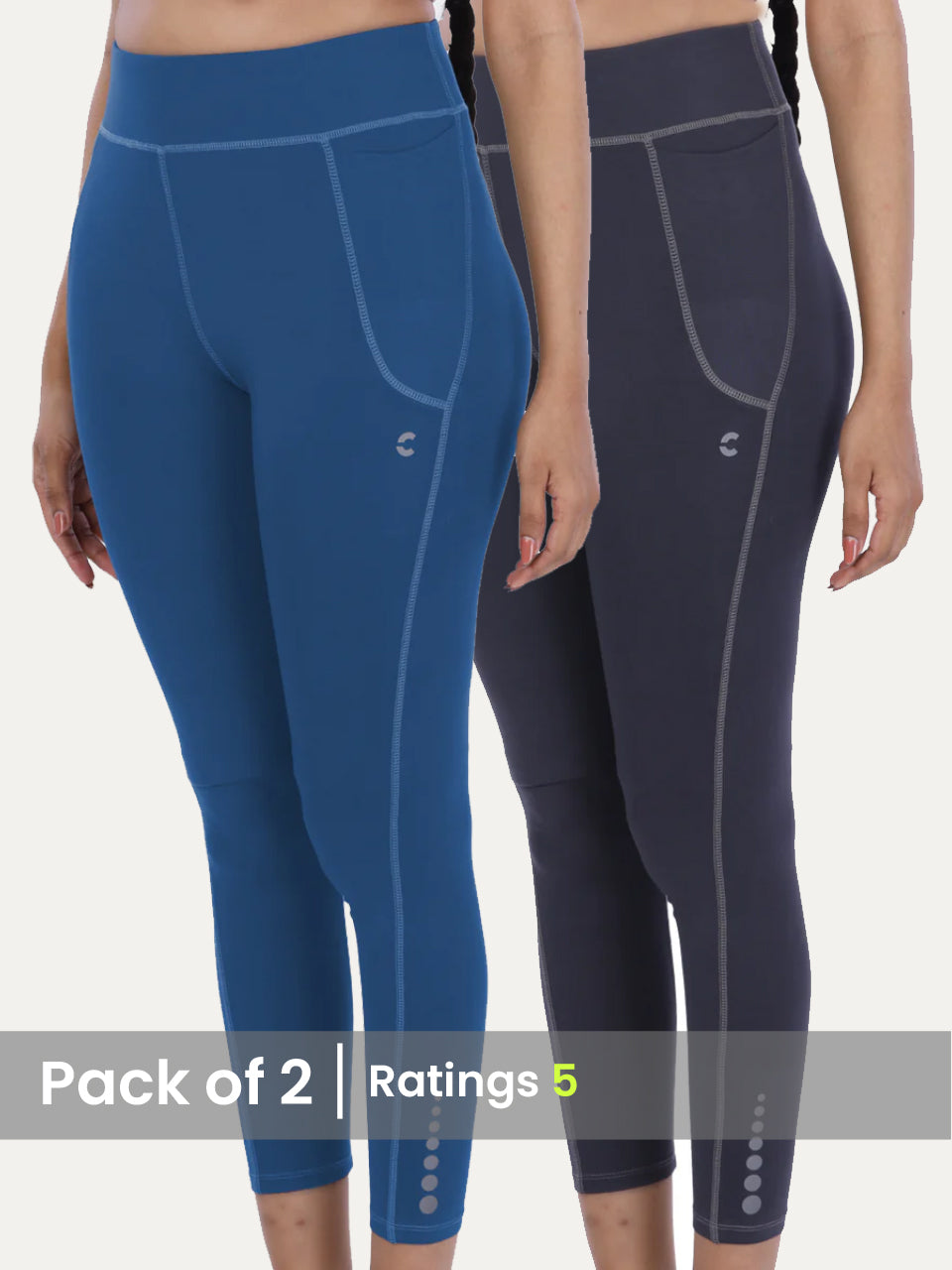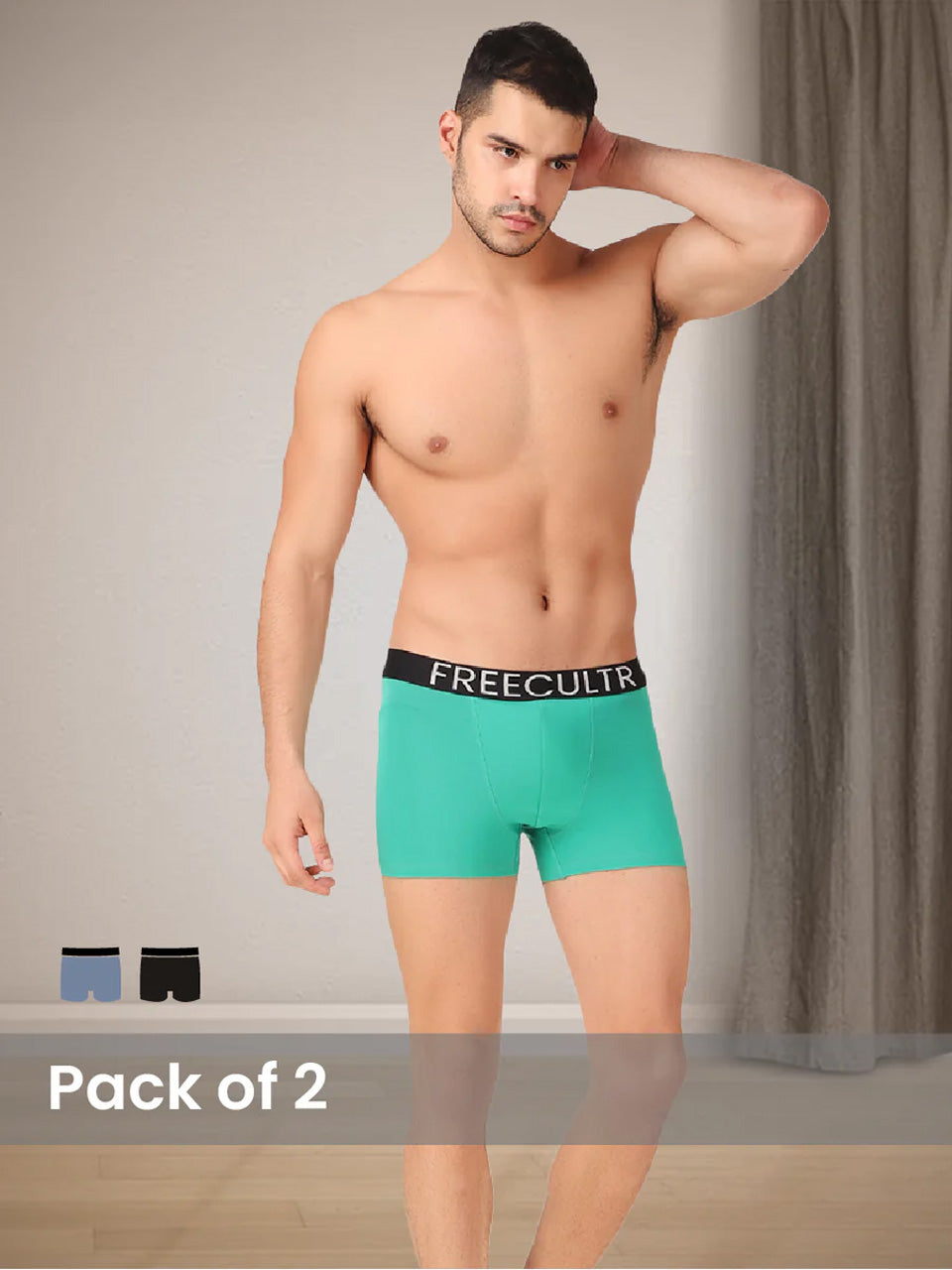The humble bandana, a simple square of fabric, transcends its unassuming form to become an indispensable item for both aesthetic expression and practical utility. Far beyond its traditional role for cowboys or bikers, the bandana now dominates contemporary fashion, appearing as a chic necktie in haute couture collections, a vibrant hair accessory on TikTok, or a statement piece defining street style with bold paisley or tie-dye patterns. Its functional versatility remains unparalleled; athletes utilize it as a sweat-wicking head wrap, outdoor enthusiasts rely on it for crucial sun and dust protection. during recent health concerns, it even served as an emergency face covering. This unassuming textile continuously adapts, proving its enduring relevance as a timeless blend of versatile style and essential functional protection.

The Enduring Legacy and Definition of the Bandana
The bandana, a seemingly simple square of cloth, boasts a rich and diverse history, evolving from practical necessity to a potent symbol of culture, identity. fashion. At its core, a bandana is a piece of fabric, typically square or triangular, often printed with a distinctive pattern, most commonly paisley. The term itself is believed to derive from the Hindi word "bāndhnū," referring to a tie-dyeing technique, or "bāndhan," meaning to tie. This etymology hints at its early origins in South Asia, where patterned cloths were prevalent. Historically, the bandana served as a utilitarian item. Sailors used them to keep hair out of their faces and as makeshift handkerchiefs. Cowboys and frontiersmen relied on them for protection against dust, sun. cold, often soaking them in water for a cooling effect in arid climates. During the American Revolutionary War, Martha Washington is credited with designing a commemorative bandana featuring George Washington, highlighting its early adoption as a symbolic item. Over centuries, the bandana traversed continents, adapting to new cultures and purposes, cementing its status as an exceptionally versatile textile.Versatile Styling Applications: A Fashion Chameleon
The adaptability of the bandana is perhaps most evident in its myriad of styling applications, transforming a simple fabric square into a powerful fashion statement. Its versatility allows it to seamlessly integrate into various aesthetics, from rugged workwear to sophisticated chic.- Headwear One of the most classic uses, a bandana can be folded and tied as a headband to keep hair in place or absorb sweat, a timeless look favored by athletes and trendsetters alike. It can also be worn as a full head covering, offering sun protection or adding a bohemian flair. Tying it around a ponytail or bun adds a pop of color and texture.
- Neckwear The bandana as a neckerchief or ascot offers a touch of old-school charm or rebellious edge. Worn loosely, it provides comfort and a casual vibe, while a tightly knotted bandana can evoke a more tailored appearance.
- Wrist or Arm Accessory Wrapping a bandana around the wrist or bicep is a popular way to incorporate color or pattern, serving as a subtle accessory or a statement piece depending on the outfit.
- Bag Embellishment Tying a bandana to the strap or handle of a handbag or backpack is an effortless way to personalize an accessory, adding visual interest and a unique touch.
- Belt Alternative For a casual and creative touch, a folded bandana can be threaded through belt loops, offering an unconventional yet stylish alternative to a traditional belt.
- Hair Tie or Accessory Beyond headbands, a bandana can be used to secure a ponytail, braid, or messy bun, elevating a simple hairstyle with minimal effort.
Consider the evolution of the bandana in fashion: from the utilitarian scarf of the cowboy to the iconic accessory of rock musicians in the 70s and 80s. its resurgence in contemporary streetwear. A well-chosen bandana can instantly elevate an outfit, proving that often, the simplest accessories hold the greatest stylistic power.
Functional Protection & Utility: Beyond Aesthetics
While its aesthetic appeal is undeniable, the bandana's enduring popularity is also rooted in its practical functionality. This humble piece of cloth offers a surprising array of protective and utilitarian applications, making it an indispensable item for outdoor enthusiasts, workers. everyday individuals.- Sun Protection Worn over the head or neck, a bandana provides a crucial barrier against harmful UV rays, helping to prevent sunburn and heatstroke during prolonged outdoor exposure.
- Dust and Particle Filtration In dusty environments, such as construction sites, farms, or hiking trails, wrapping a bandana over the nose and mouth can offer a basic level of protection against inhaling airborne particles, a use case that became particularly prominent during the early days of the COVID-19 pandemic as a makeshift face covering.
- Sweat Absorption For athletes, hikers, or anyone engaging in strenuous activity, a bandana worn as a headband or neckerchief effectively absorbs sweat, keeping it out of the eyes and off the skin, enhancing comfort and visibility.
- Cooling Aid In hot climates, soaking a bandana in water and wearing it around the neck or head provides a refreshing and evaporative cooling effect, a technique widely used by outdoor workers and athletes.
- Emergency Uses The versatility of a bandana extends to emergency situations. It can be used as a makeshift bandage for minor cuts or scrapes, a tourniquet in more severe cases, a sling for an injured arm, or even a signal flag for distress. Its robust yet flexible nature makes it a valuable addition to any emergency kit.
- Hair Management Beyond fashion, it keeps long hair contained and out of the way during manual labor, cooking, or windy conditions.
An example of its real-world utility comes from wildland firefighters who often carry bandanas. They use them not just for sweat management but also as a quick filter for smoky air, demonstrating the practical, life-saving potential of this simple item. The bandana's ability to adapt to immediate needs underscores its status as a highly functional piece of gear.
Materials and Manufacturing of the Bandana
The material composition and manufacturing process significantly influence a bandana's feel, durability. functional properties. While the classic bandana is often associated with cotton, a variety of fabrics are now employed, each offering distinct advantages.| Material Type | Characteristics | Common Uses |
|---|---|---|
| Cotton | Soft, breathable, absorbent, durable, easy to dye. Prone to wrinkling. | Traditional bandanas, everyday wear, general utility. |
| Polyester/Synthetic Blends | Durable, quick-drying, wrinkle-resistant, often moisture-wicking. Less breathable than cotton. | Athletic bandanas, outdoor activity, specific functional needs (e. g. , UV protection). |
| Silk | Luxurious, smooth, gentle on hair and skin, good insulation. More delicate, requires careful handling. | High-end fashion accessories, hair protection (reduces friction). |
| Linen | Highly breathable, strong, absorbent, gets softer with age. Prone to wrinkling. | Summer wear, natural/rustic aesthetic, good for warm climates. |
The manufacturing process typically involves large-scale textile production. For printed bandanas, the fabric is first woven, then pre-treated. Printing methods vary. screen printing and digital printing are common.
// Simplified manufacturing steps for a printed cotton bandana 1. Yarn Spinning (cotton fibers into threads) 2. Weaving (threads into fabric rolls) 3. Pre-treatment (sizing, scouring, bleaching for print readiness) 4. Printing (applying design, e. g. , screen printing with dyes) 5. Curing/Fixing (setting the dyes to prevent fading) 6. Washing/Finishing (removing excess dye, softening) 7. Cutting (fabric rolls into square bandana blanks) 8. Hemming (sewing edges to prevent fraying) 9. Packaging
The traditional paisley pattern, which is synonymous with the bandana, often involves intricate printing techniques to achieve its detailed motifs. Quality control at each stage ensures the colorfastness, durability. overall aesthetic appeal of the final bandana.
Choosing and Caring for Your Bandana
Selecting the right bandana and maintaining it properly can significantly extend its lifespan and ensure it continues to serve its purpose, whether for style or utility.Choosing the Right Bandana
When selecting a bandana, consider the following factors:- Material As discussed, cotton is excellent for breathability and everyday use. Synthetics are better for moisture-wicking and quick-drying needs (e. g. , sports). Silk offers luxury and gentle hair care.
- Size Standard bandanas are typically 22x22 inches (approximately 56x56 cm). Larger sizes (e. g. , 27x27 inches) offer more versatility for head wraps or specific styling. Smaller sizes might be suitable for wrist wraps or pet accessories.
- Pattern and Color This is largely a personal preference. Classic paisley remains popular. solid colors, stripes, or custom prints are widely available. Consider how the bandana will complement your existing wardrobe or serve its intended purpose (e. g. , high-visibility colors for safety).
- Edge Finishing Look for neatly hemmed edges. A well-finished edge indicates quality and prevents fraying, ensuring the bandana lasts longer.
Caring for Your Bandana
Proper care varies slightly depending on the material. general guidelines apply:- Washing Most cotton bandanas can be machine washed in cold water with similar colors. For synthetic blends, follow the manufacturer's instructions, often a gentle cycle. Silk bandanas usually require hand washing with a mild detergent or dry cleaning.
- Drying Air drying is recommended for all materials to prevent shrinkage and preserve fabric integrity. If using a dryer, opt for a low heat setting.
- Ironing Cotton bandanas can be ironed on a medium-high setting to remove wrinkles. Synthetics should be ironed on a low setting or steamed. Silk should be ironed on a very low setting, preferably while slightly damp, or steamed.
- Storage Store your bandana flat or neatly folded to prevent creasing.
By investing a little time in choosing and caring for your bandana, you ensure it remains a vibrant and functional part of your collection for years to come.
The Bandana in Pop Culture and Beyond
The bandana's journey from a humble utility item to a global icon is deeply intertwined with its representation in pop culture, where it has transcended its physical form to become a powerful symbol. Its presence in film, music, art. social movements has cemented its status as more than just a piece of fabric. In film, the bandana has been a ubiquitous prop, defining characters and eras. Think of the rugged cowboys of classic Westerns, where the bandana was an essential part of their attire for protection against dust and sun. In the 1980s, rock and metal musicians popularized the bandana as a symbol of rebellion and cool, often worn tied around the head or neck. Artists like Axl Rose and Bret Michaels made the bandana synonymous with their stage personas. Beyond entertainment, the bandana has been adopted by various subcultures and social movements, often taking on specific meanings:- Gang Affiliation In some urban environments, specific colors or patterns of bandanas have unfortunately been appropriated to signify gang affiliation, leading to a complex and sometimes dangerous symbolism.
- LGBTQ+ Community (Hanky Code) In certain periods, particularly in the 1970s, the "hanky code" emerged within the gay community, where specific colors of bandanas worn in particular pockets or positions conveyed sexual preferences or roles, allowing for discreet communication.
- Protest and Activism The bandana has frequently appeared in protest movements globally, used to conceal identity, protect against tear gas, or simply as a visible symbol of solidarity and dissent. Its simplicity and ease of distribution make it an effective tool for visual messaging.
- Sporting and Outdoor Culture From rock climbers to cyclists and hikers, the bandana remains a practical and recognizable accessory, symbolizing an active, adventurous lifestyle.
The enduring appeal of the bandana lies in its chameleon-like ability to adapt and acquire new meanings while retaining its fundamental versatility. From the dusty trails of the Wild West to the vibrant stages of rock concerts and the front lines of social change, the bandana continues to be a simple yet profound statement, reflecting its rich history and diverse applications.
Conclusion
The bandana, as we've explored, transcends mere fabric to become an indispensable accessory for both style and functional protection. So, what's your next step with this surprisingly versatile item? I personally discovered its power during a summer hike, instantly transforming a simple square into a sweatband and then a makeshift sun shield for my neck – a truly practical application that proved its worth beyond just looking cool. Consider incorporating a vibrant bandana into your everyday wardrobe; perhaps tie it to your backpack for an instant pop of color, a current street style trend, or wear it as a headwrap for a retro vibe when you're out running errands. Don't limit its utility to just fashion; keep one in your car for unexpected needs, whether it's wiping a spill or providing a quick dust mask. The key is to experiment. Try a new knot, coordinate it with your favorite tee, or discover a unique protective use specific to your activities. Your bandana is a canvas for expression and a tool for preparedness – embrace its full potential and let it elevate your everyday.More Articles
Unisex Bandana – Fashionable Accessory & Practical UseTees – Casual Comfort & Endless Outfit Possibilities
Men's T-Shirt – Durable Fabric & Everyday Style
Women's Tees – Effortless Style & Soft Cotton Blend
Sleeves – Enhance Comfort & Protect Your Skin
FAQs
What exactly is a bandana used for?
Bandanas are super versatile! People use them for everything from a stylish accessory – like a headband, necktie, or wrist wrap – to practical protection against sun, dust, wind, or even just to manage sweat.
So, how many different ways can I actually wear one?
You'd be surprised! Common ways include a classic neckerchief, a chic headband, a wristband, a face covering (for dust or sun), a hair tie, or even tied to a bag for an extra pop of color. The possibilities are pretty much endless depending on your style and needs.
What kind of protection does a bandana offer?
They're surprisingly effective! A bandana can shield your neck and face from harsh sun, keep dust and dirt out of your airways, offer a bit of warmth in a cool breeze. absorb sweat to keep you more comfortable during activities.
Is it more about fashion or function?
It's truly both! While bandanas are definitely a cool fashion statement that can add flair to any outfit, their practical uses – like sun protection or sweat absorption – make them incredibly functional too. It's a perfect blend of style and utility.
What are bandanas typically made of?
Most bandanas are made from 100% cotton. This makes them soft, breathable, absorbent. easy to wash, which is ideal for all their different uses.
How do I keep my bandana clean?
Good news, they're usually very easy to care for! Most cotton bandanas can be machine washed with similar colors and then tumble dried on low or air dried. Just avoid harsh bleaches to keep the colors vibrant.
Are bandanas one-size-fits-all?
Generally, yes! Bandanas are typically sold as a square piece of fabric (like 20x20 or 22x22 inches), which means they can be folded, rolled, or tied in countless ways to fit different head sizes, necks, or whatever you're using them for.






